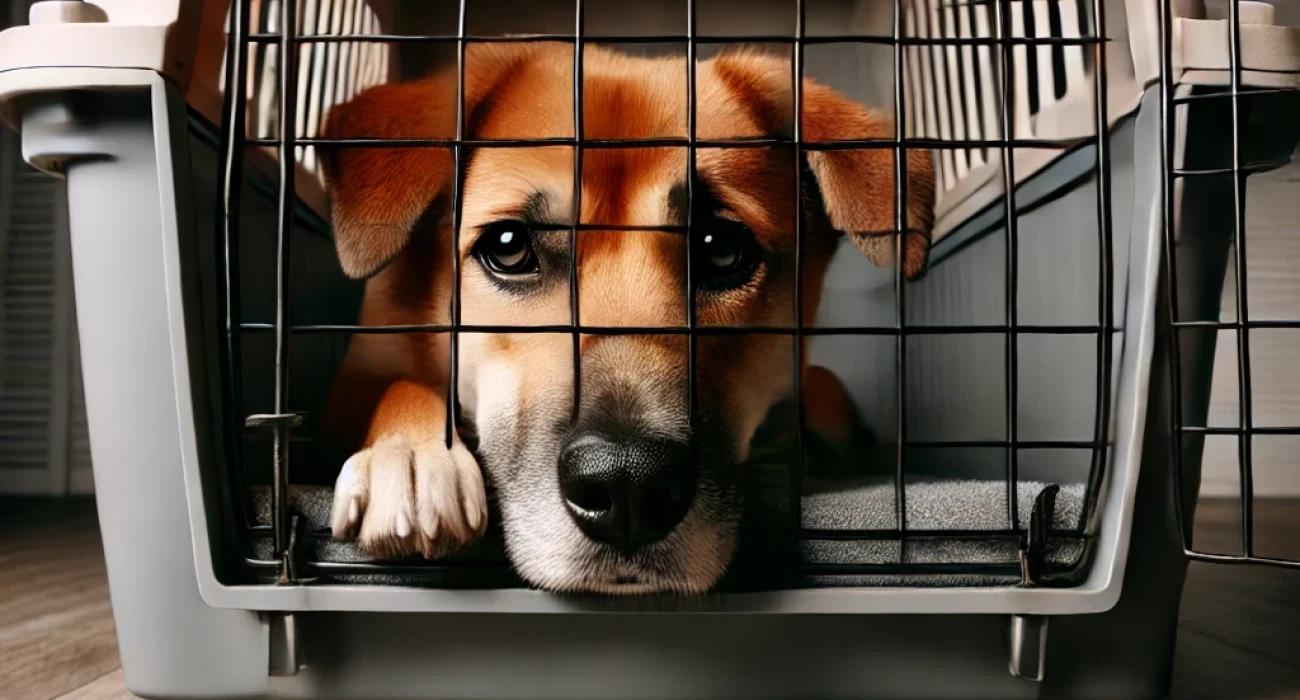Welcome to a New Approach to Dog Training
Controlled Freedom in Obedience Dog Training is a transformative philosophy in private dog training that aims to balance structured guidance with the natural freedoms that nurture a dog’s spirit. This method is not about curbing your dog’s natural instincts but rather about channeling them in a way that promotes both behavior and happiness within the constraints of a human-centric world.
What is Controlled Freedom?
At its core, controlled freedom is a dynamic approach that respects a dog’s instinctual needs while guiding them through a structured framework. This philosophy contrasts with traditional obedience dog training in Austin, TX methods that may rely too heavily on either unrestricted freedom, which can lead to behavioral issues, or excessive control, which can suppress a dog’s natural tendencies.
The Need for Controlled Freedom in Obedience Dog Training
Many common behavioral problems in dogs, such as anxiety, aggression, and resource guarding, arise from how they are introduced to and interact with their environment. For instance, a dog given too much freedom too soon may feel insecure and overwhelmed, leading to stress-induced behaviors. Conversely, a dog under constant constraint may become fearful, anxious, or overly dependent.
Goals of Controlled Freedom in Obedience Dog Training
- Build Trust and Security: By managing a dog’s introduction to new experiences gradually, we foster a sense of trust and security. Dogs learn to rely on their owners for guidance and protection, which strengthens the bond between them.
- Promote Positive Behaviors: Controlled exposure to various stimuli allows dogs to learn appropriate responses and behaviors. This training not only discourages negative behaviors but also encourages positive ones like calmness, obedience, and sociability.
- Prevent Behavioral Issues: By avoiding situations that can overwhelm a dog, we can prevent many common behavioral issues from ever developing. This proactive approach saves time and frustration in the long run.
- Enhance the Dog’s Well-being: Ultimately, the goal of controlled freedom is to improve the overall well-being of the dog. A well-adjusted dog is happier, healthier, and better able to enjoy life with its human family.
Implementing Controlled Freedom
Implementing this approach requires patience, consistency, and an understanding of a dog’s individual needs. It begins with the basic tenets of control—teaching simple commands and establishing boundaries—and gradually introduces more complex situations and freedoms as the dog shows readiness.
By embracing the philosophy of controlled freedom, you can help your dog lead a balanced and fulfilling life, fostering a strong bond and mutual understanding between you and your canine companion. For additional tools to aid in your training journey, consider incorporating interactive dog toys like the Whimsy Stick, which can help channel your dog’s energy productively.





